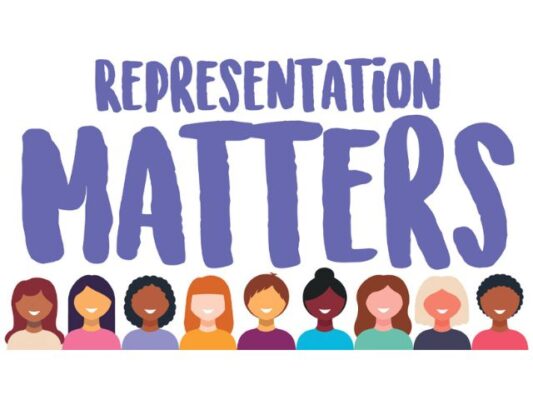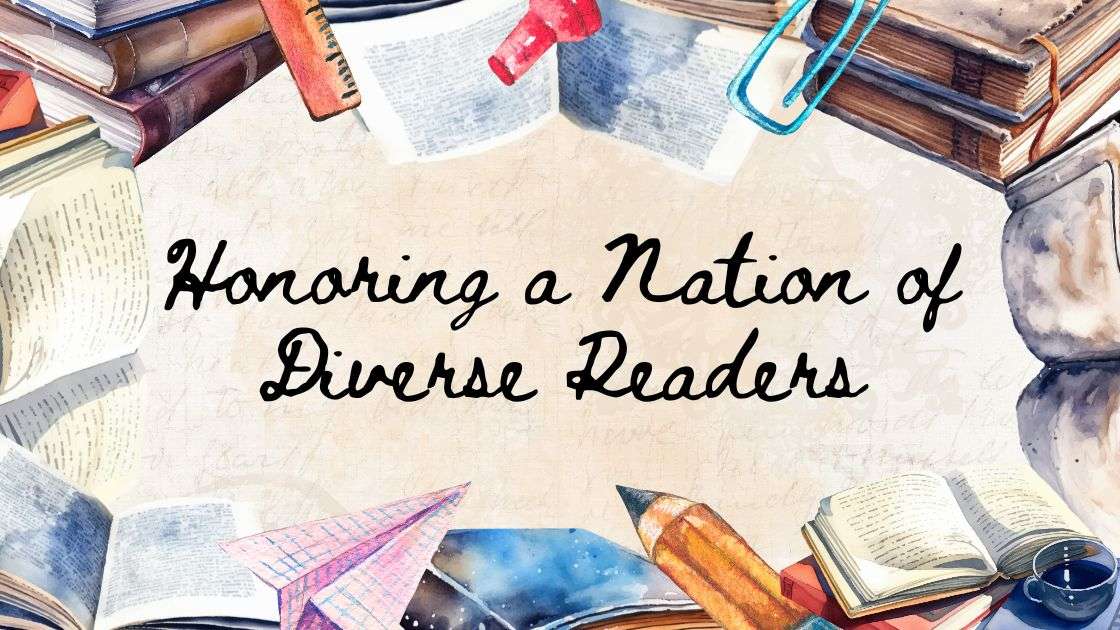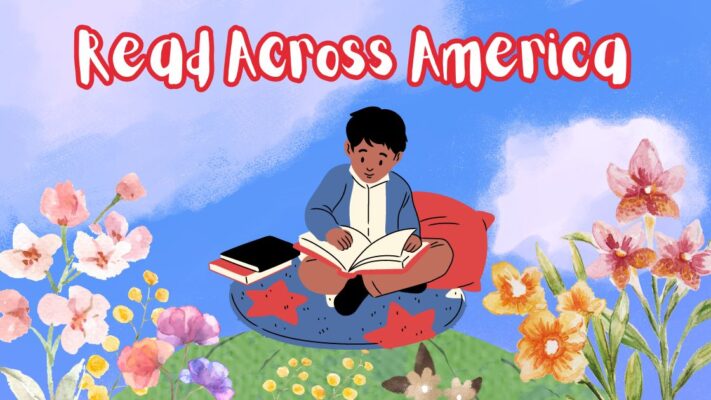Contents
Why Diversity and Equity in Content Matters for Reading Growth
In the realm of education, fostering a love for reading is paramount. Yet, we face a significant challenge: 63% of students read below grade level. The 2019 National Assessment of Educational Progress (NAEP) results revealed that only 34% of eighth graders performed at or above the proficient level in reading. This achievement gap is particularly pronounced between students in high-poverty schools and those in low-poverty schools.
Equity, diversity, and access are the watchwords for addressing these challenges. As educators, we recognize the importance of ensuring that all students feel seen, valued, and included in their academic journey. But how can we bridge this gap and create a more inclusive reading culture?
One powerful step is to curate diverse content libraries within our schools and classrooms. Let’s explore why this matters:
1. Mirrors, Windows, and Sliding Glass Doors

In her influential essay, “Mirrors, Windows, and Sliding Glass Doors,” Rudine Sims Bishop introduced the concept of books as mirrors, windows, and sliding glass doors.
– Mirrors: Students need books that reflect their own lives and experiences. When children see themselves in the stories they read, it validates their identities and fosters a sense of belonging.
– Windows: Books also serve as windows, allowing students to glimpse into worlds different from their own. Exposure to diverse cultures, backgrounds, and perspectives cultivates empathy and broadens horizons.
– Sliding Glass Doors: Through literature, children can step into new realms, becoming part of narratives beyond their immediate reality. These sliding glass doors open pathways to understanding and connection.
2. Representation Matters

Diverse characters and narratives matter. For Black, Hispanic, Asian, and Native students often underrepresented or stereotyped – it’s empowering to encounter stories that mirror their lives. These texts engage students academically and personally, reinforcing their sense of self-worth.
3. Building Empathy

A good book transcends its pages. When students encounter characters from diverse backgrounds, they learn to empathize with people who don’t share their race, religion, sexual orientation, or socio-economic status. These literary journeys foster compassion and understanding.
4. Creating Inclusive Communities

Reading diverse books reaffirms the value of every community member. It unites individuals across differences – whether age, race, ethnicity, ability, or socio-economic status – around shared stories. Inclusivity becomes a cornerstone of our educational environment.
As educators, let’s champion diverse content, celebrate cultural richness, and ignite a passion for reading in every student. By doing so, we not only improve literacy but also nurture compassionate, informed citizens who appreciate the beauty of our diverse world.
Thank you for reading our article. Don’t forget to explore our related articles below.
Related Posts







